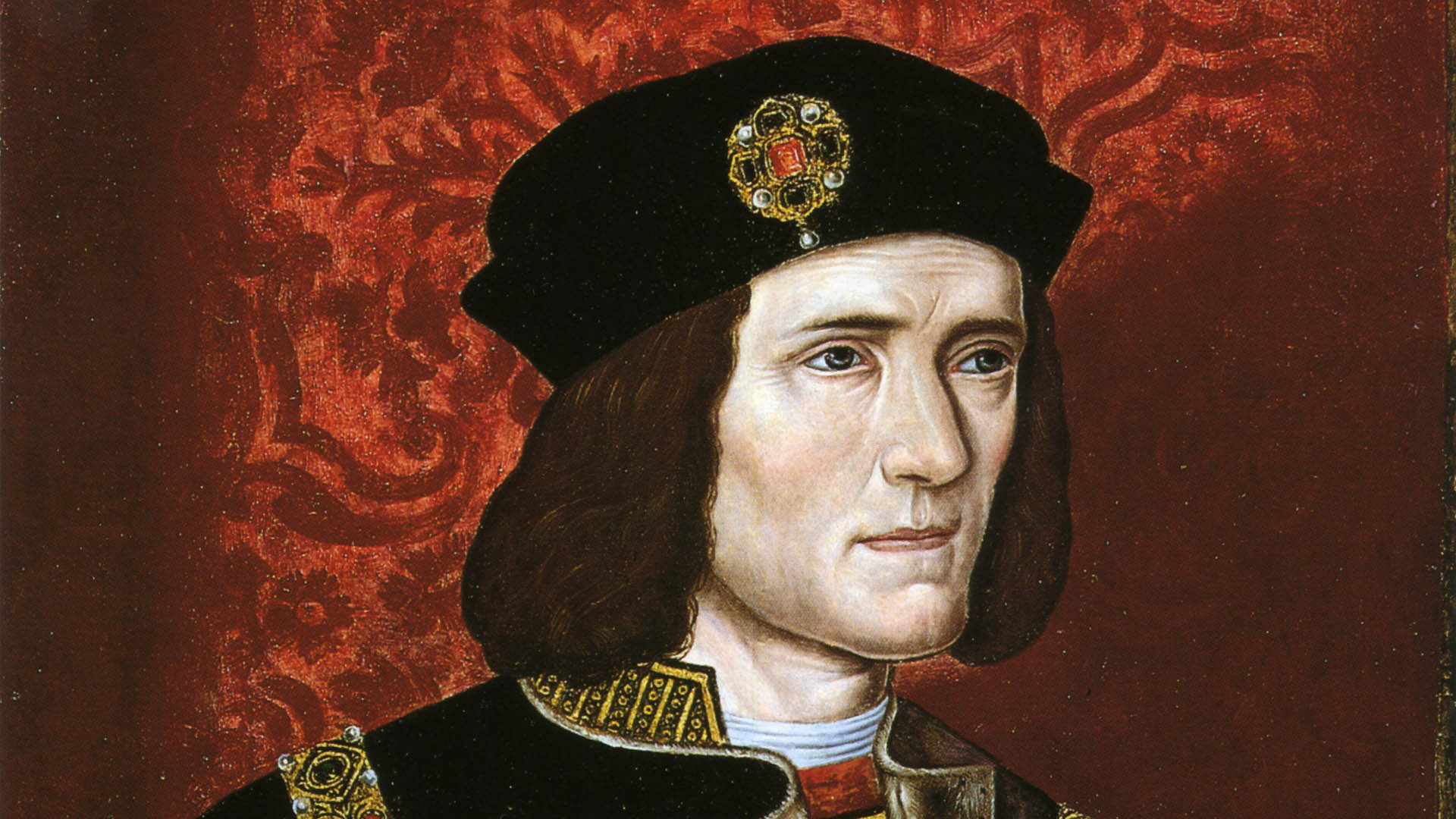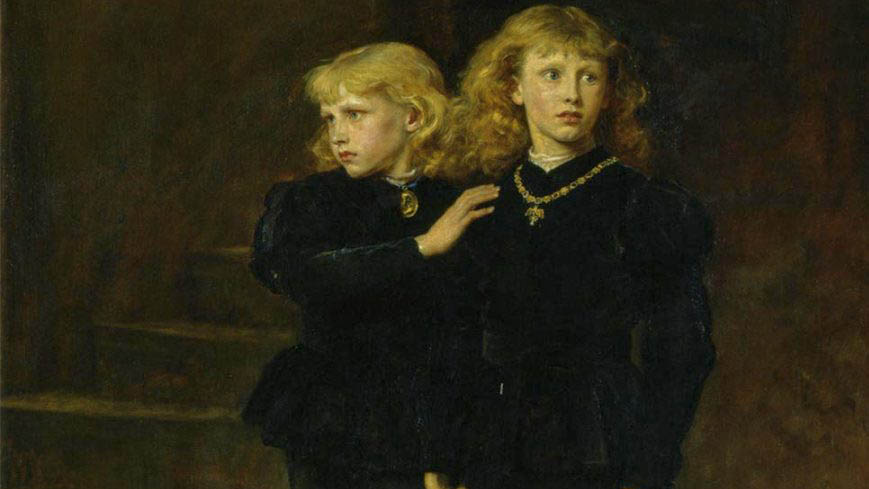More links between Richard III and Princes in the Tower mystery unearthed

A University of Huddersfield researcher has shed further light on one of the ensuring mysteries of British history, the fate of the ‘Princes in the Tower’.
King Edward V and his brother Richard disappeared in the Tower of London in 1483 at the start of the reign of their uncle, King Richard III, who has been widely seen as directly responsible for their deaths.
Study history at the University of Huddersfield
Professor Tim Thornton’s new article, in the Oxford University Press journal Historical Research, provides important context for the notorious confession to the boys’ murder allegedly made by Sir James Tyrell in 1502, during the reign of the man who overthrew Richard III, King Henry VII.
Credible links between Richard and chief suspect in disappearance mystery
The subject has recently seen added controversy, after Prof Thornton’s article which assessed the history of the events written by Sir Thomas More.
Often dismissed as pure propaganda or literary invention, the credibility of More’s account of the murders was backed up by Prof Thornton due to its references to men whose families were prominent at the court of King Henry VIII and known to More personally.
 King Edward V and his brother Richard, Duke of York, disappeared in 1483 and were never seen again, although speculation over their fate has raged ever since.
King Edward V and his brother Richard, Duke of York, disappeared in 1483 and were never seen again, although speculation over their fate has raged ever since.Prof Thornton’s new article looks at evidence that explores King Henry VII’s relationship with the Tower of London, where Tyrell’s confession was allegedly made. Far from being a regular residence for the king and queen, Prof Thornton shows the Tower was rarely visited by them, especially in the early years of King Henry VII’s reign.
"Using evidence of the king’s day-to-day movements, we can see that when the king was in and around his capital he spent most of his time elsewhere, in palaces such as those at Richmond and Westminster," says Professor Thornton.
The visit to the Tower of London in 1502, when he was joined by his queen, Elizabeth of York, was sufficiently unusual to add to suggestions that More’s account of events, with Tyrell confessing to acting on orders from Richard III, were accurate.
“In light of the heightened interest in the fate of the Princes, it’s good to be able to add further substance to understandings of the ways in which accounts of their fate developed in the years after their disappearance. I’m looking forward to publishing more insights on Richard and the Princes in the coming months.”